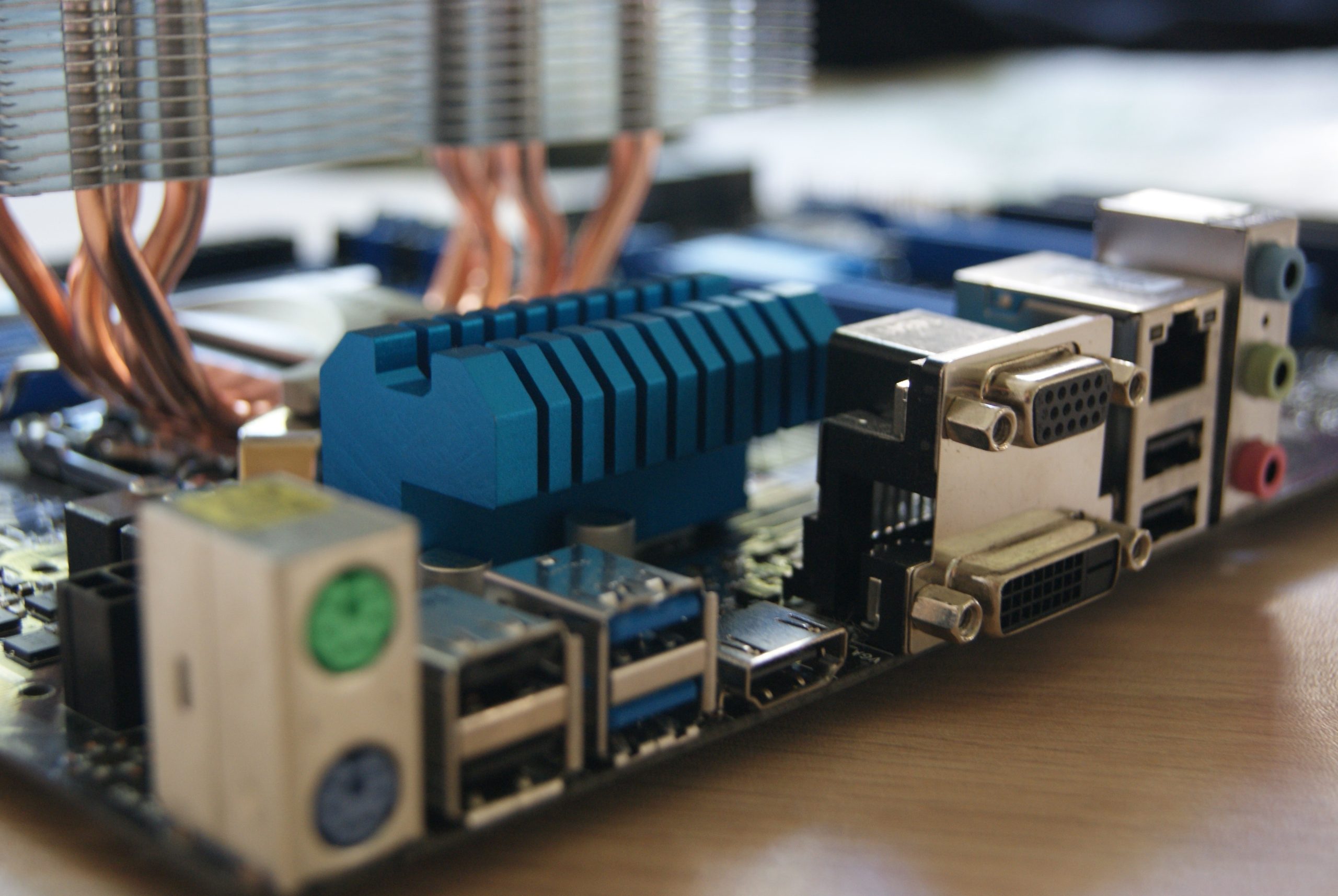Parallel Bus vs Serial Bus: What’s the Difference?
Welcome to the fascinating world of data transfer, where efficient communication is vital. As we journey from the classic parallel buses to the modern serial buses, we’ll uncover their operations, unique characteristics, advantages, disadvantages, and their applicability in diverse scenarios.
What is a Parallel Bus?
A parallel bus is a method that transfers multiple data bits simultaneously over several wires or channels. Picture a highway with numerous lanes, allowing many cars to travel side-by-side at the same time. Constructed typically with 8, 16, 32, or even 64 parallel lines or wires, these buses serve as robust data highways. Familiar examples include IDE (Integrated Drive Electronics) and PCI (Peripheral Component Interconnect).
What is a Serial Bus?
Serial buses, on the other hand, work on a different principle. Rather than transferring data bits concurrently over multiple lines, they transfer data sequentially, bit by bit, over a single line. Imagine a single-lane road where cars follow each other, one after another. This approach may sound slower, but as we’ll see, modern technology has dramatically increased the speed of serial buses. Common examples are USB (Universal Serial Bus) and SATA (Serial Advanced Technology Attachment).
The Difference Between Parallel and Serial Buses
Parallel and serial buses differ fundamentally in their data transfer methods. While parallel buses send multiple bits of data simultaneously over several lines, serial buses send data sequentially, one bit after another, over a single line. This distinction impacts their design complexity, data rates, susceptibility to crosstalk, and electromagnetic interference.
Advantages of Parallel Buses
Parallel buses excel in certain areas. Their capability to transfer multiple data bits simultaneously allows for higher data transfer rates, especially over short distances. This has led to their widespread use in short-distance, intra-system connections.
Advantages of Serial Buses
Serial buses come with their own set of advantages. The simpler design, involving fewer lines or wires, makes them cost-effective and easy to install and maintain. Moreover, they are more reliable over longer distances and can achieve high data transfer rates, thanks to advancements in technology.
Disadvantages of Parallel Buses
However, parallel buses are not without their flaws. The complexity of connectors and cables escalates the costs. Also, they face challenges with synchronization and skewing, as ensuring simultaneous arrival of data over multiple lines is tough. Long-distance data transmission can also be problematic due to issues such as crosstalk and electromagnetic interference.
Disadvantages of Serial Buses
Serial buses, while generally reliable and efficient, can have slower data transfer rates in some versions compared to parallel buses. Additionally, they require time to convert data from parallel to serial for transmission and then back to parallel at the receiving end, which can introduce delays.
Conclusion
As we’ve explored, both parallel and serial buses come with their strengths and weaknesses. Your choice between them should depend largely on your specific data transfer requirements. While parallel buses might be more suitable for rapid, short-distance transfers, serial buses shine in long-distance, reliable transmissions.
Further Reading
Interested in delving deeper into the world of data buses? Check out books like “Computer Organization and Design” by David A. Patterson and John L. Hennessy. Online resources such as the IEEE Xplore Digital Library and courses from platforms like Coursera or Udacity also offer comprehensive knowledge about parallel and serial buses, their architectures, operations, and their roles in modern computing systems.

